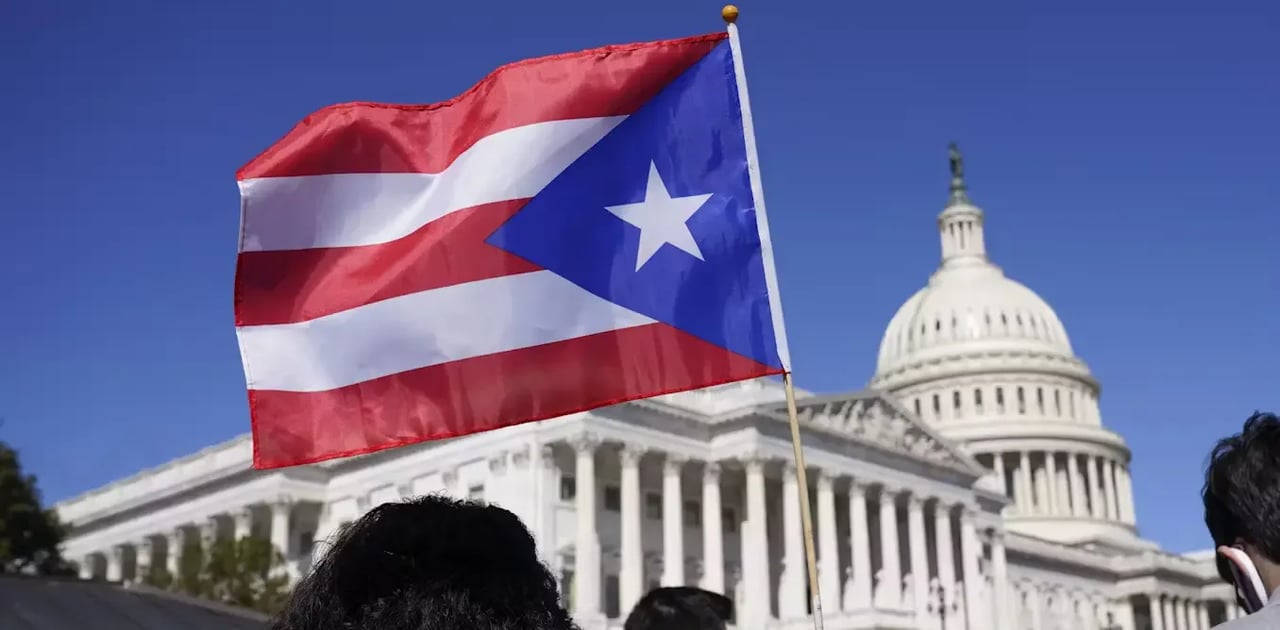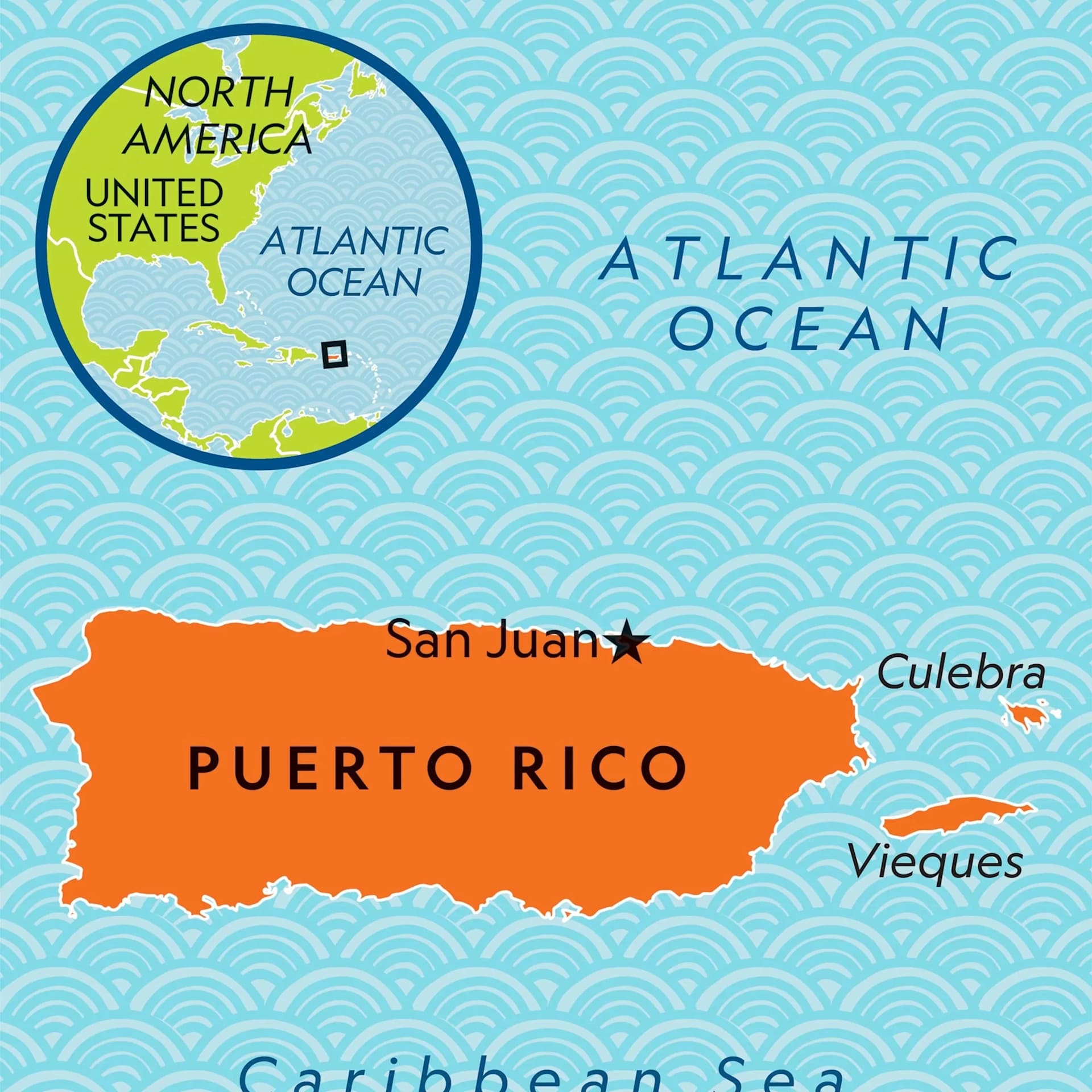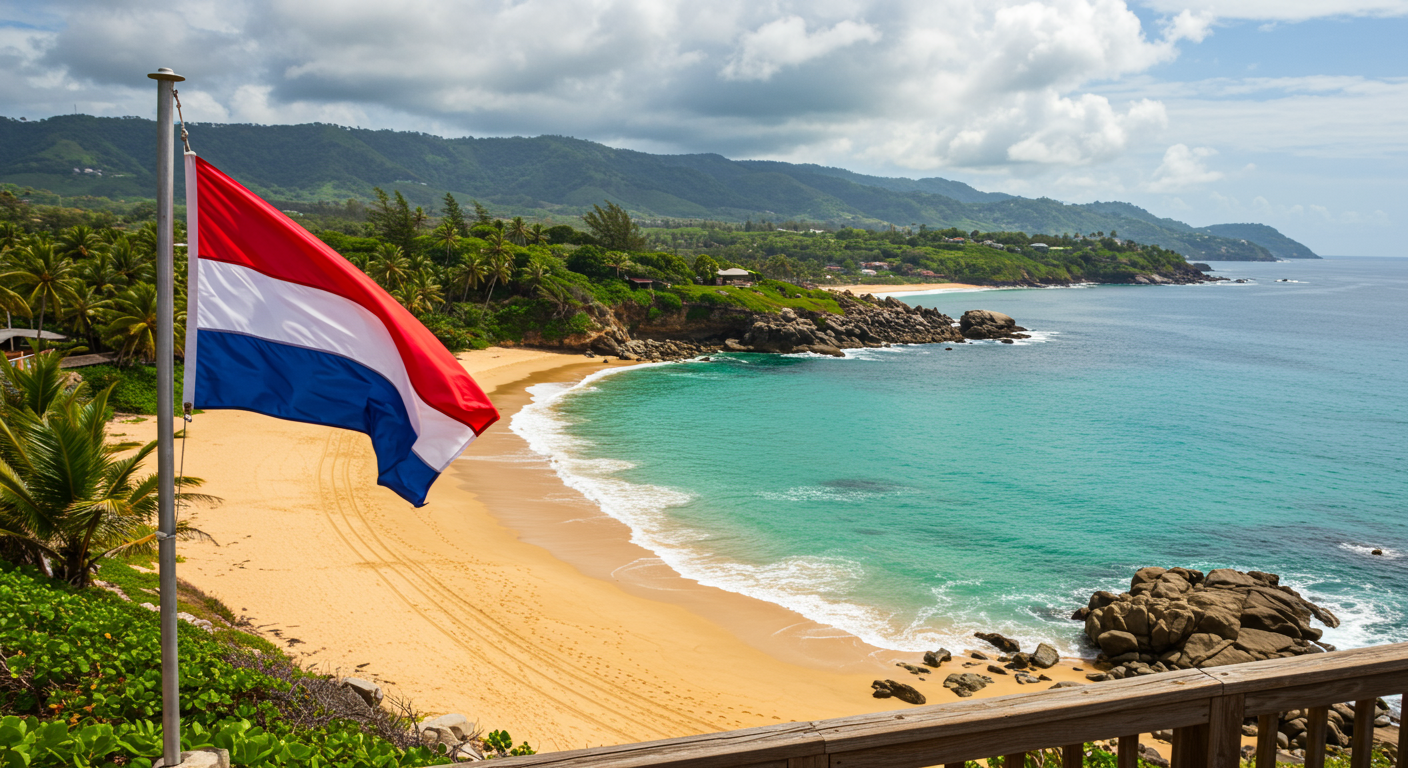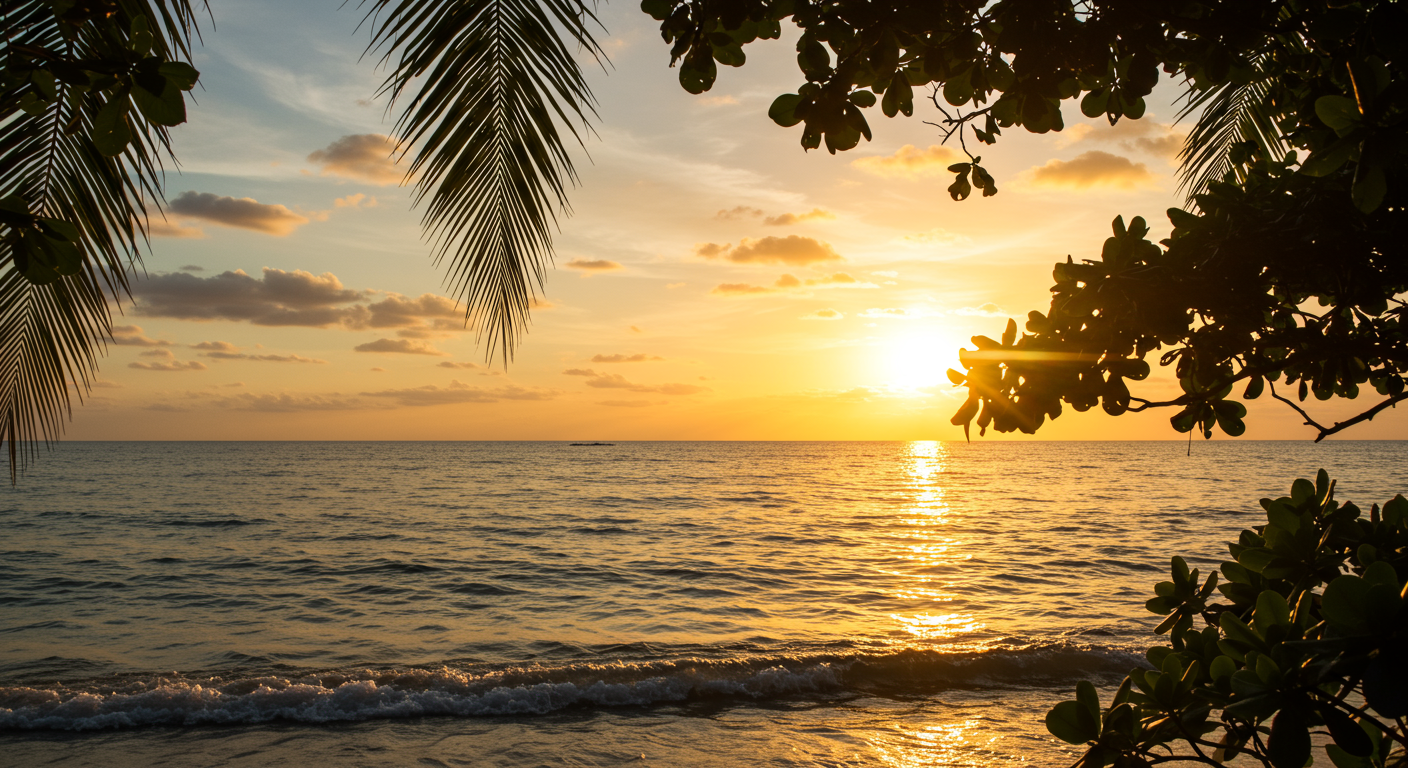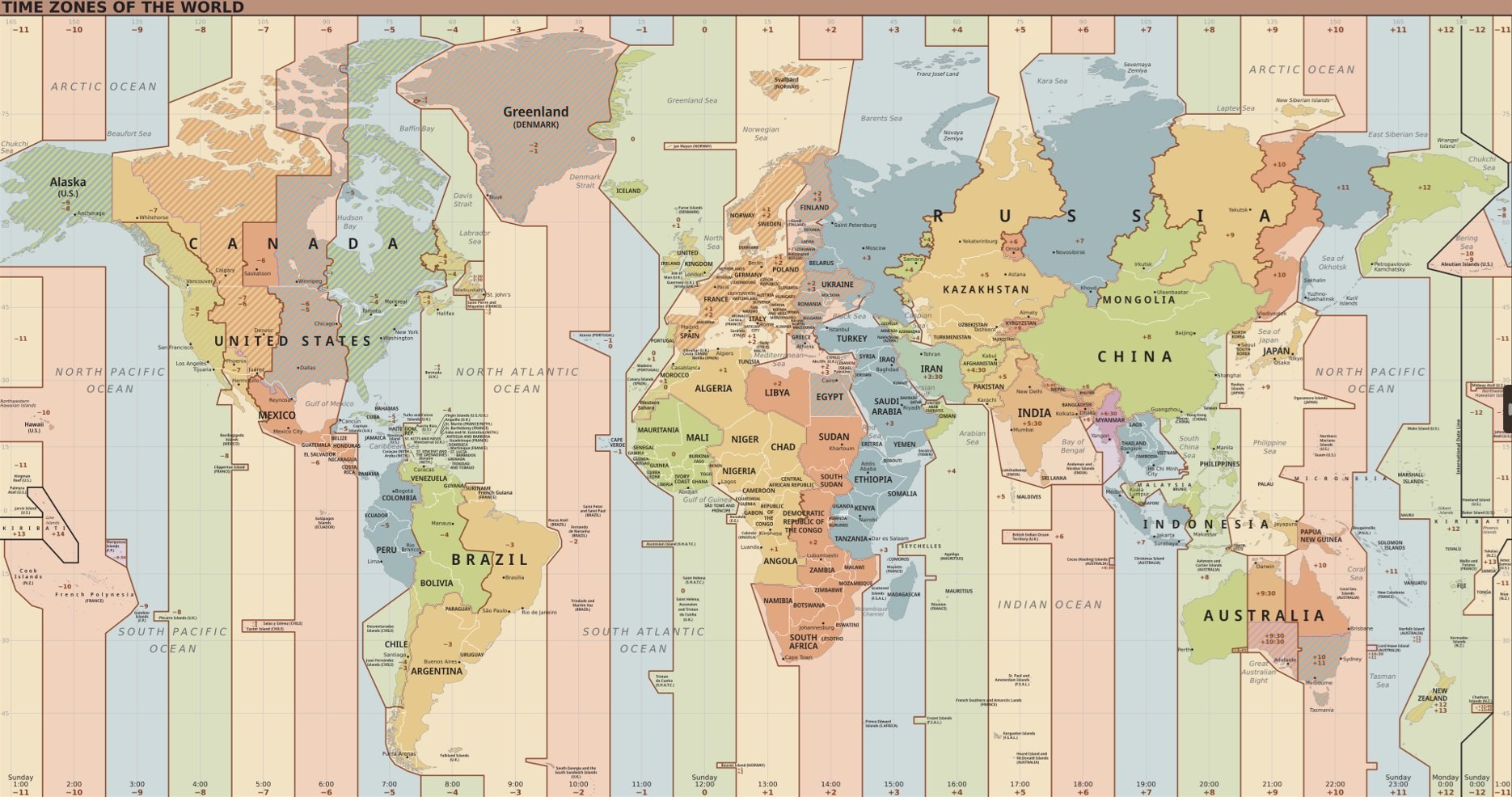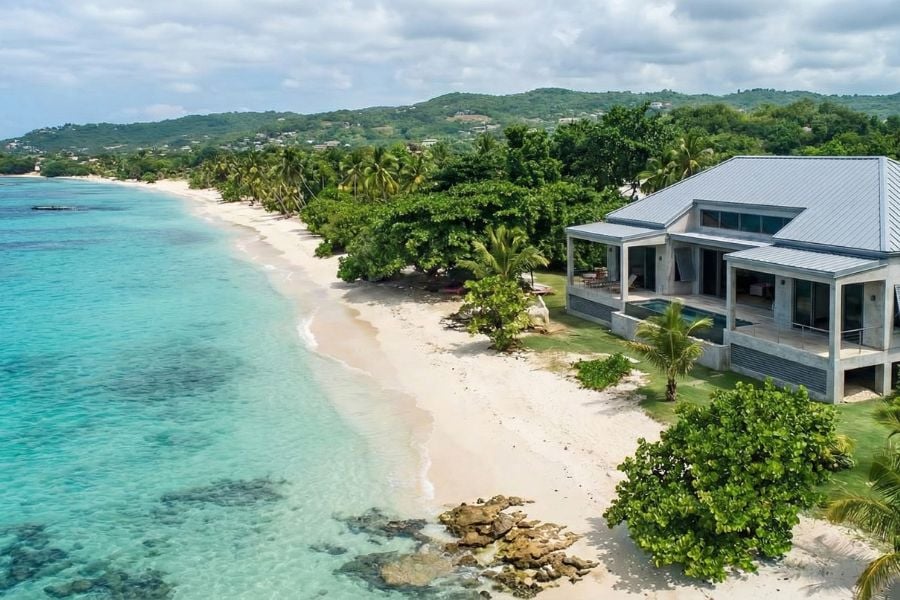Time zones divide the world into hour-wide bands anchored to the Prime Meridian, but many regions bend those lines for practical or political reasons. Puerto Rico keeps things simple by pairing its near-equatorial geography (minimal daylight swings) with a no-DST policy, staying on AST (UTC-4) all year.
In this article, you’ll get the quick answer first, see how Puerto Rico lines up with U.S. cities and nearby islands, and pick up practical tips for travel, meetings, and luxury-property scheduling.
Key Takeaways
-
Puerto Rico stays on Atlantic Standard Time (AST, UTC-4) all year—no Daylight Saving Time.
-
From March to early November (EDT), it’s the same clock time as New York and Miami.
-
From November to March (EST), Puerto Rico runs one hour ahead of New York and Miami.
-
Consistent 11–13 hours of daylight plus a fixed time zone make travel, meetings, and real estate scheduling simple.
Quick Answer: Puerto Rico Time Zone (AST, UTC-4)
Here’s the fast, one-screen answer travelers and buyers expect. Skim the bullets to schedule flights, tours, and meetings with zero clock math.
Puerto Rico’s Time, at a Glance
-
Time zone: Atlantic Standard Time (AST)
-
UTC offset: UTC-4
-
Daylight Saving Time: Not observed (no “spring forward” or “fall back”)
How It Lines up With u.s. Eastern Time
-
Mar–early Nov (EDT): Same clock time as New York/Miami
-
Nov–Mar (EST): Puerto Rico is +1 hour ahead of New York/Miami
Quick Examples
-
NYC 3:00 p.m. in July → San Juan 3:00 p.m.
-
NYC 3:00 p.m. in January → San Juan 4:00 p.m.
Why It Matters
-
Travel: Simple flight and check-in planning year-round
-
Business/remote work: Predictable meetings across seasons
-
Real estate: Easy coordination for showings, inspections, and closings without time-change surprises
Does Puerto Rico Have Daylight Savings?
Puerto Rico does not observe Daylight Saving Time. The island stays on Atlantic Standard Time (AST, UTC-4) all year, thanks to its near-equatorial latitude where daylight varies only modestly across seasons—so clock changes provide little real benefit. This stability makes flights, tours, and daily routines simpler for visitors and residents alike.
For coordination with the mainland U.S., remember: March–early November (EDT) Puerto Rico shares the same clock time as New York and Miami; November–March (EST) Puerto Rico is one hour ahead. Around U.S. clock-change weeks, recheck meeting invites, and for global scheduling, anchor times to UTC-4 to avoid DST confusion.
-
U.S. timing at a glance:
-
Mar–early Nov (EDT): Same time as New York/Miami.
-
Nov–Mar (EST): Puerto Rico is +1 hour ahead of New York/Miami.
-
Planning tips:
-
Around U.S. clock-change weeks, double-check calendar invites.
-
For international coordination, reference UTC-4 to avoid confusion.
Puerto Rico vs. U.S. Mainland: How to Read the Clock
Here’s how time in Puerto Rico, which stays steady on AST (UTC-4), lines up with U.S. Eastern time across the year—so your calls, flights, and showings stay perfectly timed.
-
Core rule: Puerto Rico doesn’t change clocks; the mainland U.S. does.
-
March–early November (EDT on mainland): Same clock time as New York/Miami/Boston.
-
November–March (EST on mainland): Puerto Rico is +1 hour ahead of New York/Miami/Boston.
Pro Tips
-
When the U.S. shifts clocks (Mar/Nov), reconfirm meeting invites that include mainland attendees.
-
Set calendar time zone to AST (UTC-4) for Puerto Rico trips; let devices auto-adjust when you land.
-
For global calls, reference UTC-4 to avoid DST confusion.
-
Real estate scheduling: use these rules for virtual tours, inspection windows, and closing calls.
Sunrise, Sunset, and Day Length in Puerto Rico
Consistent daylight is one of Puerto Rico’s quiet advantages, making daily planning simple for travelers, families, and luxury-home buyers alike.
Because the island sits near 18° N latitude, daylight varies only modestly through the year. Day length runs 11 to 13 hours between winter and summer. In San Juan, expect sunrise 6:00–6:50 a.m. and sunset 6:00–7:10 p.m., depending on the month. That steadiness—combined with AST (UTC-4) year-round and no DST—means fewer surprises when coordinating beach days, school pickups, or property showings.
What This Means for You
-
Tourism & activities: Reliable windows for El Yunque hikes, surf sessions in Rincón, or evening dinners in Condado.
-
Lifestyle & routines: Predictable mornings and evenings support school, work, and fitness schedules.
-
Real estate logistics: Easier timing for open houses, inspections, and sunset viewings without seasonal clock shifts.
-
Health & wellness: Stable light cues help maintain consistent sleep and exercise habits.
Puerto Rico vs. Nearby Caribbean Islands
Puerto Rico’s year-round AST (UTC-4) stacks up differently across the Caribbean, and this snapshot makes the differences obvious at a glance. Use it to see which islands stay aligned all year and which shift an hour during Daylight Saving Time.
|
Place |
Time Zone |
DST? |
Practical note |
|
Puerto Rico |
AST (UTC-4) |
No |
Same as NYC Mar–early Nov; +1 hr Nov–Mar. |
|
U.S. Virgin Islands |
AST |
No |
Matches Puerto Rico year-round. |
|
Dominican Republic |
AST |
No |
Matches Puerto Rico year-round. |
|
Jamaica |
EST (UTC-5) |
No |
Always 1 hr behind Puerto Rico. |
|
Haiti |
EST/EDT |
Yes |
Seasonal difference vs Puerto Rico. |
|
Bermuda |
AST/ADT |
Yes |
Shifts +1 hr in summer. |
|
The Bahamas |
EST/EDT |
Yes |
Shifts +1 hr in summer. |
|
Aruba |
AST |
No |
Matches Puerto Rico year-round. |
Quick Converter Examples (Copy/Paste Friendly)
Use these ready-made time checks to schedule calls, tours, and closings without mental math.
U.S. & Canada
-
New York (July, EDT) 3:00 p.m. → San Juan 3:00 p.m.
-
New York (January, EST) 3:00 p.m. → San Juan 4:00 p.m.
-
Chicago (CDT, summer) 9:00 a.m. → San Juan 10:00 a.m.
-
Chicago (CST, winter) 9:00 a.m. → San Juan 11:00 a.m.
-
Los Angeles (PDT, summer) 9:00 a.m. → San Juan 12:00 p.m.
-
Los Angeles (PST, winter) 9:00 a.m. → San Juan 1:00 p.m.
International
-
London (BST, summer) 3:00 p.m. → San Juan 10:00 a.m.
-
London (GMT, winter) 3:00 p.m. → San Juan 11:00 a.m.
-
Toronto (EDT, summer) mirrors New York examples.
Why This Matters for Travelers & Luxury Buyers
A stable, DST-free time zone makes planning smoother, communication clearer, and property logistics easier from touchdown to closing.
-
Travel simplicity: No clock changes; effortless flight timing, check-ins, and tours.
-
Work & meetings: Summer parity with NYC/Miami; winter is +1 hour—predictable calls across seasons.
-
Real estate operations: Reliable windows for showings, inspections, appraisals, and closings without seasonal shifts.
-
Rental performance: Consistent check-in/out schedules improve turnover planning and guest messaging.
-
Virtual tours: Align video walkthroughs with mainland teams without DST surprises.
-
Family routines: Steady sunrise/sunset supports school, fitness, and evening plans.
-
Global coordination: Anchor to AST (UTC-4) to avoid confusion with partners in London, Toronto, or LA.
-
Lifestyle value: Consistency pairs with year-round beach weather—ideal for long stays or a permanent move.
Why Is Puerto Rico Ideal for Buying a Luxury House for Sale?
For investors and families considering a move, Puerto Rico’s time zone consistency adds to the island’s attractiveness as a hub for luxury living. With no Daylight Saving disruptions, schedules remain predictable, which is especially valuable for buyers balancing international business with Caribbean leisure.
Key Advantages for Real Estate Buyers
-
Luxury Lifestyle Convenience: Imagine enjoying a morning walk along Condado Beach, conducting a virtual meeting with partners in New York at the same time, and then spending the evening at a beachside restaurant—all without ever worrying about clock changes.
-
Global Connectivity: The alignment with Eastern Standard Time (EST) during summer months makes communication with the U.S. mainland seamless, a major plus for professionals under Act 60.
-
Tourism & Rental Market Strength: Predictable time zone and climate patterns support Puerto Rico’s thriving vacation rental market, from Carolina to Isla Verde. Tourists value ease of planning, which translates to higher occupancy for luxury rental homes.
-
Long-Term Stability: For those seeking a permanent residence or “living for a lifetime” investment, Puerto Rico combines financial incentives, cultural richness, and predictable daily rhythms that few destinations can match.
When buying through Christie’s International Real Estate Puerto Rico, clients don’t just purchase a home—they invest in a lifestyle supported by year-round sunshine, steady time zone alignment, and access to some of the most exclusive Caribbean destinations.
To help you envision this seamless lifestyle, explore the following luxury properties for sale in Puerto Rico, where the comfort of a consistent time zone is just the beginning.
10 LOS LAGOS HUMACAO PR, 00791
Modern lakefront home for sale, in Palmas del Mar, Humacao—this fully furnished, single-level property offers stunning golf and El Yunque views, luxurious interiors, 4 bedrooms, high-end finishes, and resort-style amenities, all in Puerto Rico’s premier gated community.
49 ALMENDRO STREET PUNTA LAS MARIAS SAN JUAN PR, 00913
Discover this recently remodeled 4-bedroom home with a pool, guest house, and modern finishes on a 725 sq. mt. lot in Punta Las Marias—ideally located near the beach, Condado, and the airport, perfect for living or Airbnb investment.
677 LAVANDA DORADO PR, 00646
Located on a 1,150 sq. ft. corner lot in Sabanera Dorado, this 5,800 sq. ft. renovated home features 5 en-suite bedrooms, high-end finishes, a saltwater pool, and resort-style amenities—ideal for luxurious family living or multigenerational comfort.
Conclusion
Puerto Rico’s AST (UTC-4) year-round—without Daylight Saving Time—keeps travel, meetings, and daily life simple. With clear comparisons to U.S. cities and nearby islands, you can plan showings, virtual tours, and closings with confidence across every season.
Thinking about luxury properties in Puerto Rico—without the DST hassle? Our Christie’s International Real Estate Puerto Rico team can align tours and virtual showings to your schedule (same time as NYC in summer). Contact us to plan viewings on luxury properties for sale or for rent in Dorado, Condado, and beyond.
FAQs
Does Puerto Rico observe Daylight Saving Time?
No. Puerto Rico remains on AST (UTC-4) all year.
Is Puerto Rico the same time as New York?
Yes, Mar–early Nov (EDT). From Nov–Mar (EST), Puerto Rico is 1 hour ahead.
What’s Puerto Rico’s UTC offset?
UTC-4, year-round.
How does Puerto Rico’s time compare with nearby islands?
It matches USVI/DR/Aruba (no DST), differs seasonally from Bahamas/Bermuda/Haiti (they use DST), and is always 1 hour ahead of Jamaica (EST, no DST).
How do airlines show times for Puerto Rico flights?
Airlines display local time at each airport. Puerto Rico remains AST (UTC-4) all year, so your departure/arrival times won’t shift for DST on the island side.
